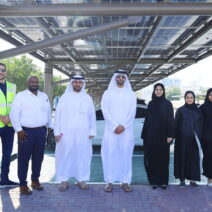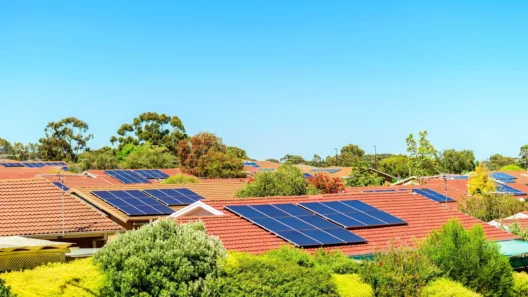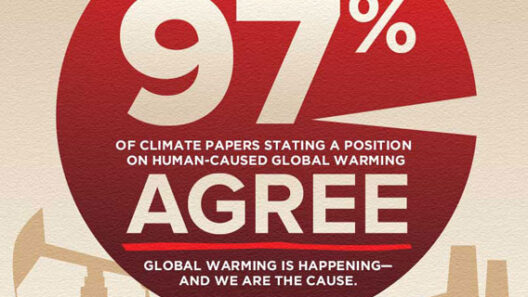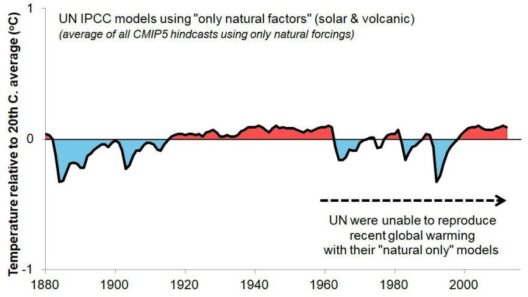As our planet warms, one increasingly prevalent manifestation of climate change is the emergence of extreme weather events. Among these phenomena, dust storms stand out as a peculiar yet alarming consequence of rising temperatures. But have you ever pondered the playful question, “What if these devastating gales could do more than just obscure our vision?” This thought leads us into the complex dilemma posed by dust storms in an era characterized by erratic climatic behavior.
Dust storms are vast clouds of dust and debris lifted into the atmosphere by strong winds. While they are a natural occurrence in arid and semi-arid regions, their frequency and intensity are exacerbated by human-induced climate change. One of the primary catalysts for this increase is the prolonged drought conditions that characterize many areas as global warming progresses. As rainfall patterns shift and become less predictable, regions previously teeming with vegetation can quickly transform into dust bowls.
Consider the plight of farm communities in the Great Plains of the United States or the arid expanses of the Middle East and North Africa, where dust storms have become increasingly frequent and severe. The effects on these communities are multifaceted, extending from health hazards and economic loss to ecological degradation. Dust storms can carry with them harmful particulate matter that poses respiratory risks. Exposure to such pollutants can lead to a plethora of health issues, particularly among vulnerable populations, including children and the elderly.
In addition to health concerns, the economic ramifications are staggering. Agricultural productivity suffers immensely as fertile topsoil is swept away, leaving farmers unable to grow crops on land that once flourished. This results in food scarcity and increases in commodity prices, creating a cascading effect that reverberates through entire economies. As prices rise, food insecurity becomes an acute problem, pushing vulnerable populations to the brink of desperation. Amidst this turmoil, one must ask: at what point does the dust storm dilemma overshadow the imminent threat of climate change itself?
On a larger scale, the environmental implications of dust storms are profound. They can lead to desertification, diminishing biodiversity and disrupting ecosystems. The removal of vegetation not only amplifies the dust storm problem but also contributes to the loss of carbon sinks, exacerbating the very issue of global warming that engendered them. The positive feedback loop is alarming; as dust storms ravage landscapes, they further heighten the conditions favorable to their own occurrence.
Yet, the dust storm dilemma does not merely present risks; it also offers a conundrum for potential solutions. How can societies effectively address both immediate concerns and long-term consequences? One avenue is through reforestation and the establishment of sustainable agricultural practices. Planting trees and maintaining ground cover improves soil stability and can significantly reduce the prevalence of dust storms. Additionally, promoting conservation agriculture—practices that enhance soil health and reduce erosion—may offer a pathway to mitigate the impacts of these storms. Farmer education programs that prioritize sustainable land use can empower communities to fight back against degradation.
This is where innovation enters the fray. Advanced technologies can aid in monitoring and predicting dust storm occurrences, allowing populations to prepare better and respond effectively. Satellite imagery, remote sensing, and atmospheric modeling play crucial roles in forecasting these events, potentially saving lives and minimizing economic disruptions. Armed with this knowledge, communities can implement proactive measures to shield themselves from impending storms, such as temporarily relocating livestock and securing essential supplies.
As we traverse the complex tapestry of the dust storm dilemma, it becomes evident that global cooperation is critical. Climate change knows no borders; thus, the strategies to combat the dust storm crisis must be integrated within a global framework. Countries must collaborate to share information, resources, and strategies to combat both the causes and effects of climate change and its manifestations, including dust storms.
Moreover, policy advocacy plays a crucial role. Governments must prioritize environmental legislation that addresses land management practices and incentivizes sustainable agriculture. Investments in renewable energy can also mitigate the underlying issue of climate change, potentially reducing the frequency and intensity of dust storms in the future.
As we navigate this intricate issue, it is vital to foster public awareness. Educating communities about the causes and consequences of dust storms can motivate behavioral changes and foster a culture of sustainability. Individuals, too, have a role to play—practicing water conservation, reducing waste, and advocating for climate-friendly policies can contribute to collective efforts in mitigating climate change.
In conclusion, the dust storm dilemma encapsulates a broader challenge in our warming world. It is a reminder of nature’s wrath when humanity neglects its stewardship of the Earth. Accepting our responsibility requires immediate action, innovation, and cooperation. Although the challenges are formidable, they are not insurmountable. By addressing the dust storm phenomenon through sustainable practices, innovative technologies, and global collaboration, we can forge a pathway towards a resilient future—one where the winds of change no longer bear the burden of devastation, but rather, become harbingers of hope and renewal.







